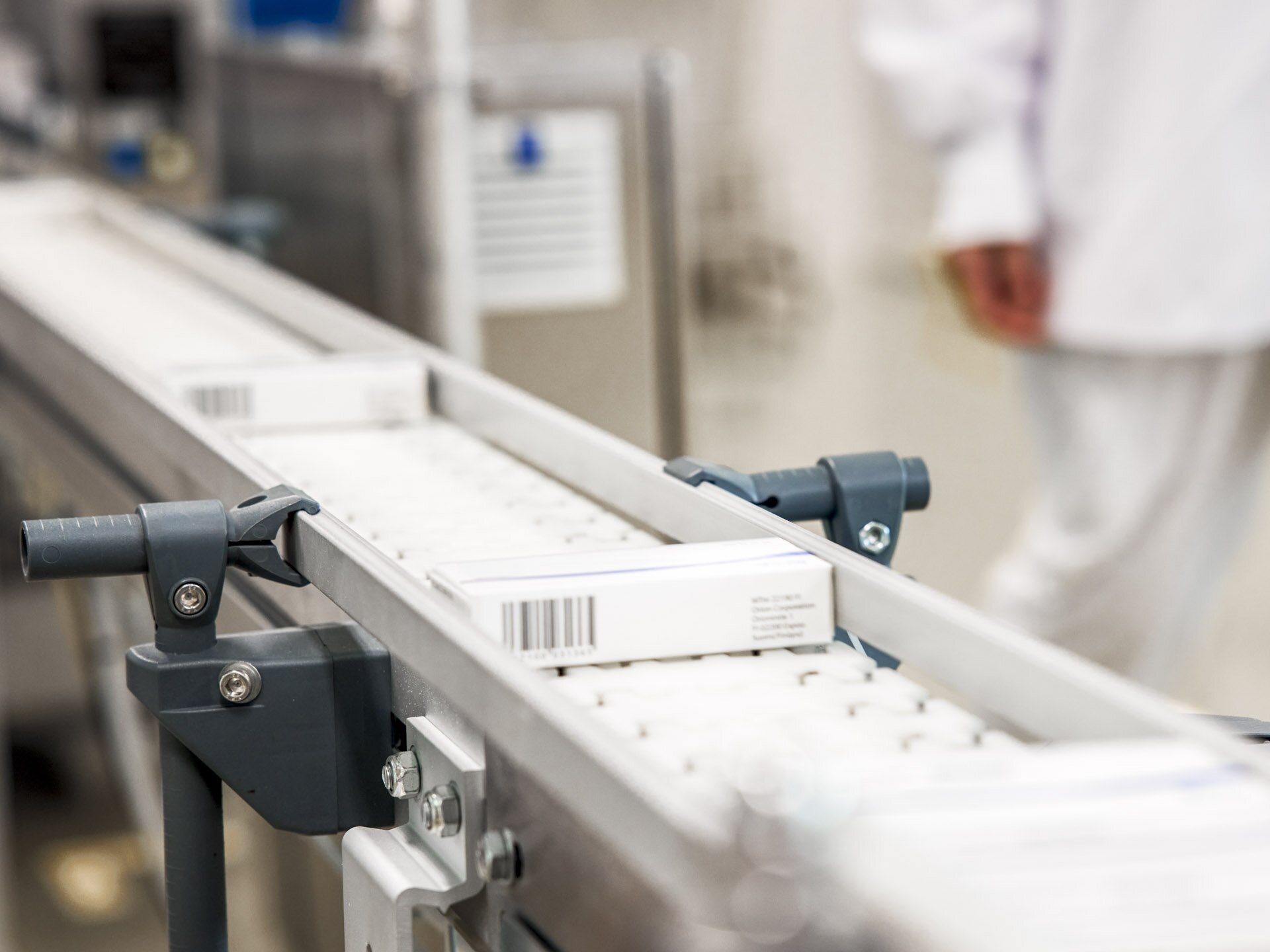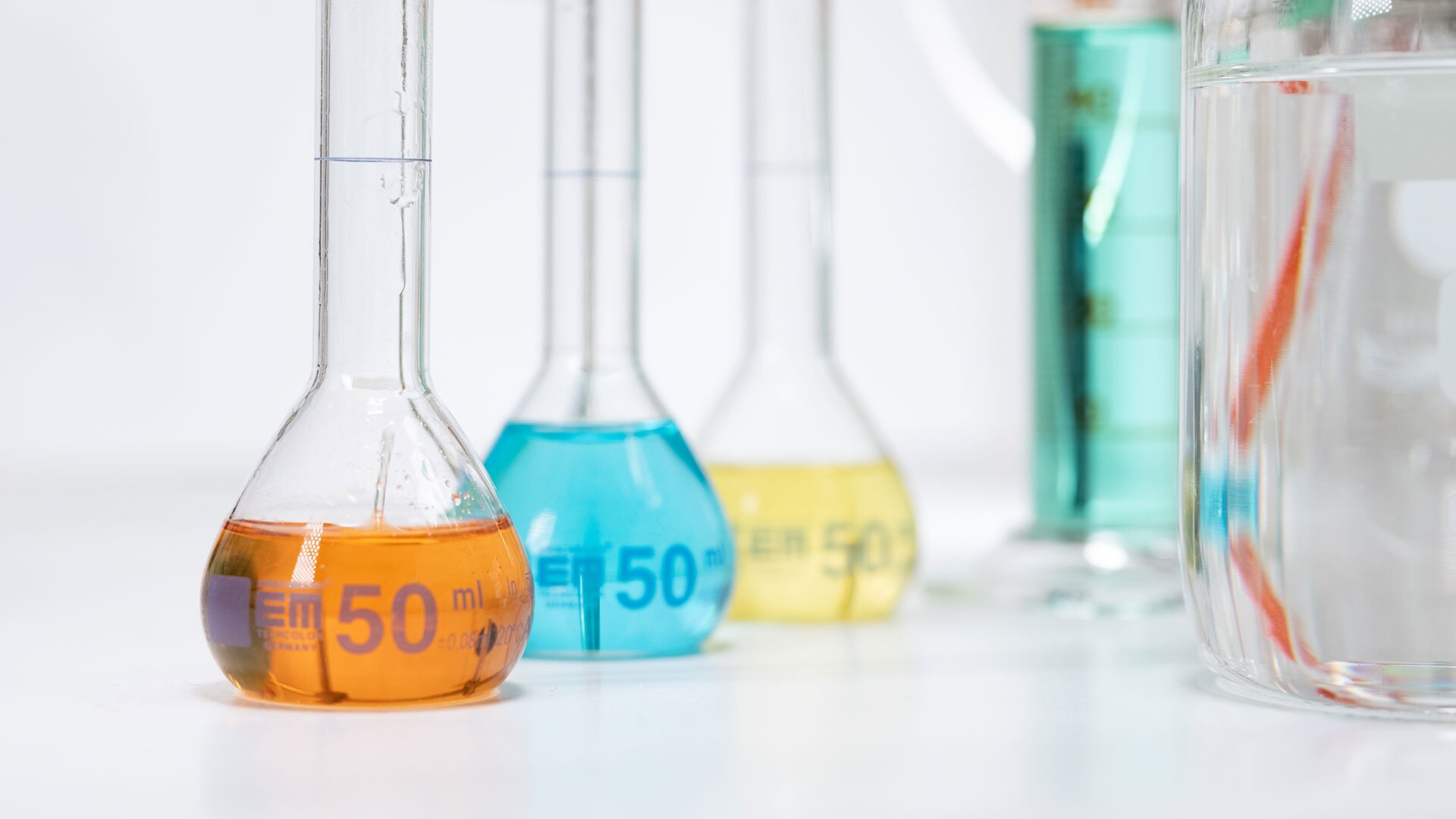The health data collected about all of us is used not only in acute treatment, but also in the development of new medicines and better treatment forms, for example.
When data is available on a large number of people, it is possible to find answers to questions such as which kinds of diseases or symptoms are linked, or which groups of people have a higher incidence of a particular disease than others.
In the pharmaceutical industry, extensive datasets help us to understand why a particular medicine works better for some people than others. They also help to study adverse drug reactions and to develop treatment chains.
“This is a step towards personalised drug-based treatment,” says Olavi Kilkku, Director, Clinical Operations and Data Science at Orion.
Most interest in authorities’ data
The Kanta system, which many people are familiar with, is a good example of Finnish health data that benefits patients, health-care personnel and researchers alike. All the data generated in the treatment process are compiled into the archive of the Kanta system. It contains diagnoses, medical statements, laboratory and vaccination data, procedure data, physiological measurements, prescriptions and medicines delivered.
Secondary use = health datasets used for other purposes than those for which they were primarily collected.
In Finland, the Finnish Social and Health Data Permit Authority Findata, grants permits for the secondary use of health data. Applications are submitted to Findata for access to the data of both public and private healthcare providers.
The majority of secondary users of health data are interested in data collected by the public sector. In 2023, by far the highest amount of health data accessed were the register data of the Finnish Institute for Health and Welfare and Kela.
Top health data providers in 2023:
- Finnish Institute for Health and Welfare THL
- Kela
- Statistics Finland
- Digital and Population Data Services Agency
- Finnish Centre for Pensions.
“Requests for data from the private sector are surprisingly rare,” says Johanna Seppänen, Director of Findata. By contrast, the share of private sector applicants has increased and now accounts for more than a third of Findata’s clients.
On average, one permit application includes a request to access the data of four different data controllers. The largest request for data concerned 32 different controllers. Findata is responsible for the consolidation of health and social data.
What is health data used for?
The vast majority of data requests submitted to Findata, around 90%, concern research use. For example, in 2023, only two data requests were submitted for innovation activities, out of a total of around 300 requests for data.
Findata discloses health data
- for scientific research
- for education
- for development and innovation work
- as reference material for information and knowledge management
- for official use and statistics.
In pharmaceutical R&D, data have so far been shared mainly between other research groups.
“We have recently shared our data and expertise in a pharmaceutical R&D project on prostate cancer treatment, which involved both pharmaceutical companies and academic researchers from Finland and abroad,” says Olavi Kilkku.
Secondary use of Finnish health data via Findata has only been possible for a few years.
“It would be great if we were able to take a very accurate sample of people of similar age, sex and weight, for instance, from large masses who are at a certain stage of a disease,” Kilkku says. Strict delimiters are also needed to study whether a certain disease is caused by a genetic mutation.
Findata’s Johanna Seppänen believes that artificial intelligence, among other things, will soon help with precise sampling. Findata has already succeeded in reducing the time it takes to process applications through the use of smart IT.
It is hoped that secondary use will increase in order to maximise the benefits of the data collected to society and public health.
Health data is subject to strict data protection
Health and social data is, naturally, very sensitive data. Few of us want to be identified from a patient record, even if it is for research purposes. However, there is no need to worry about this in the secondary use of data.
“In the secondary use of health and social data, direct identifiers, such as names, social security numbers and addresses, are always removed from the data,” says Johanna Seppänen.
The erasure of personal data involves both anonymisation and pseudonymisation.
Anonymisation = Processing of personal data in such a way that the person can no longer be identified by any means.
Pseudonymisation = Processing of personal data in such a way that the data can no longer be linked to a specific person without the use of information. For research purposes, the direct identifiers are removed and replaced by a code key. When it is necessary to study the relationships between phenomena, data from different datasets can be linked with a specific individual with a code. Data protection rules apply to the processing of pseudonymised data.
In addition to removal of direct identifiers from the data available through Findata, the data can only be processed in a closed, data secure environment, where there is no access to the outside world via the internet.
“This represents a huge leap in data security compared to the situation just a few years ago. Back then, researchers processed research data on their own computers, and confidential personal data was transferred from one place to another, even using unsecured email,” says Seppänen, who has also been a researcher.
Exchange of data within the EU in the pipeline
A proposal for a European Health Data Space (EHDS) is in the final stages of development in the European Union's decision-making machinery. With this, the EU also wants to create a common market for data, where data can move freely between countries and sectors. The use of cross-border data will become increasingly important as pandemics spread faster and tropical diseases spread further north due to global warming.
However, there is wide variation in Member States’s readiness to share their health data. If patient records can only be found in the family doctor's folder, it will take time before they can be shared internationally.
“Although we have a lot of room for improvement in the use of data, Finland sets an example for most other EU countries in this respect,” says Johanna Seppänen.
In Finland, companies and universities have a lot of scientific expertise and the capability to work together with different operators. When the innovative use of high-quality datasets is added to this you have a strong basis for internationally competitive product development.











